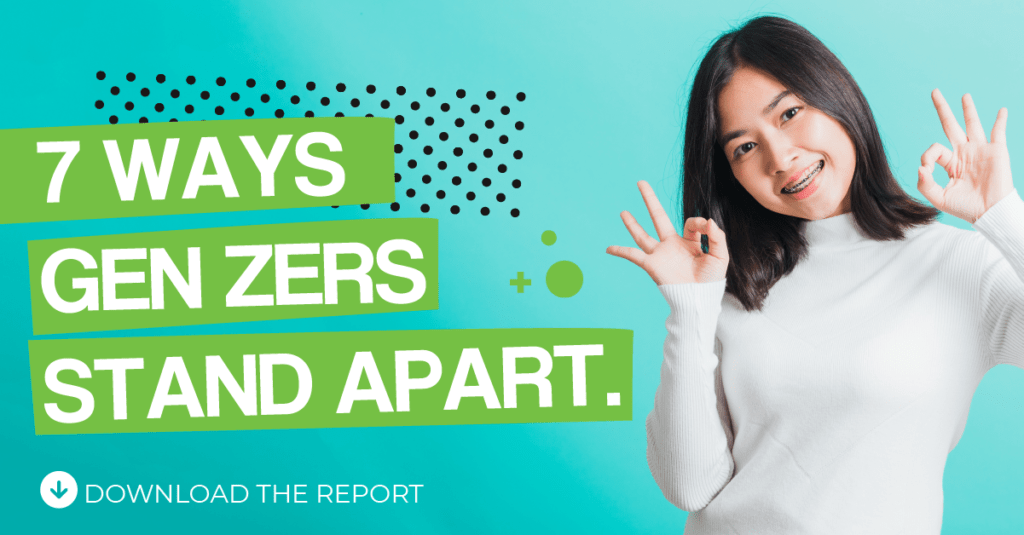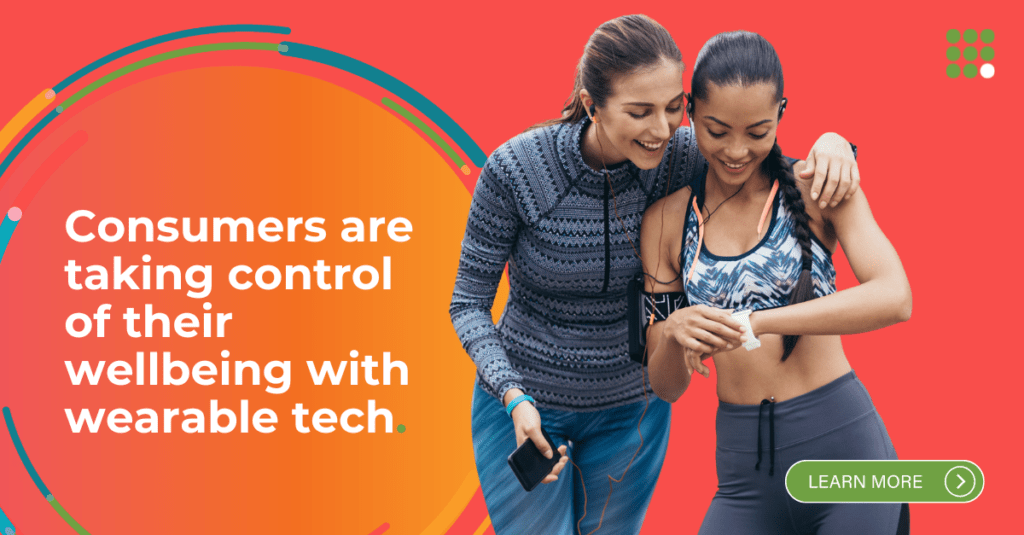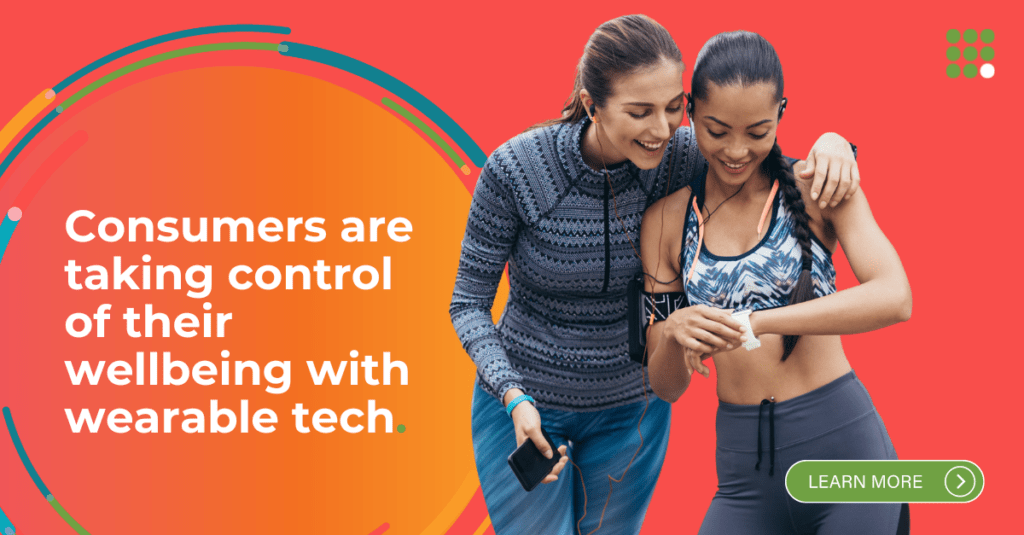Imagine this scenario: you’re the Product Marketing Manager at Stellar Sneakers, a thriving company known for its innovative and stylish footwear. Your team is poised to launch a new line of eco-friendly shoes, but before you do, you want to gather valuable insights to ensure the product’s success. There’s a budget set aside for market research, but you’re faced with a crucial decision: should you go for a qualitative approach, diving into the deep and nuanced attitudes of your target audience? Or should you lean on quantitative research, capturing broad trends and measurable consumer preferences?
These choices are commonplace for marketing professionals. Market research is instrumental in developing successful products and campaigns, helping you understand your target audience, gauge customer preferences, and assess market trends. However, deciding between qualitative and quantitative methodologies can often seem like a labyrinth.
In this article, we will navigate this maze together. We’ll delve into the strengths and weaknesses of both qualitative and quantitative research, providing a practical guide for marketing executives like yourself wrestling with this choice. Our goal is to equip you with a more profound understanding, enabling you to select the most effective research methodology for your marketing objectives.
Understanding Qualitative Research
Qualitative research can be likened to a deep, exploratory dive. Instead of skimming the ocean’s surface to understand what lies beneath, qualitative research immerses itself in the depths to explore the unseen. In other words, it involves gathering subjective, non-numerical data to uncover your target audience’s thoughts, feelings, and motivations.
Imagine conducting in-depth interviews or focus groups with your prospective customers. You might ask them open-ended questions like, “How important is sustainability in your footwear choices?” or “What would make you choose our new eco-friendly shoes over traditional options?” Such questions do not restrict respondents to choosing from pre-determined answers; instead, they allow them to express their unique thoughts and emotions.
Similarly, other qualitative methods, like observations or ethnography, enable researchers to study people in their natural settings. For instance, observing customers in a retail store can offer valuable insights into shopping habits and behaviours that would be difficult to capture through structured surveys.
In a nutshell, qualitative research is all about understanding the “why” behind consumer behaviour. It delves into the intricacies of consumer attitudes, beliefs, and experiences, providing a rich, nuanced understanding of your target audience. But like all methodologies, qualitative research has its strengths and drawbacks.
Pros of Qualitative Research
Now that we understand what qualitative research entails, let’s dive into its advantages. For you, as the Product Marketing Manager of Stellar Sneakers, these pros can guide your understanding of what consumers feel and why they behave the way they do.
In-depth Understanding: The primary strength of qualitative research lies in its depth of understanding. By allowing consumers to express their thoughts and feelings in their own words, you can gain a holistic and nuanced understanding of their attitudes, beliefs, and experiences. You might discover, for example, that your target audience highly values sustainable practices not just because of environmental concerns but due to an underlying desire to contribute positively to society. This insight goes beyond basic preferences and can help guide your product development and marketing strategies.
Flexibility: Qualitative research is adaptable, allowing exploring unexpected avenues that emerge during the research process. Let’s say during your focus group discussions, a participant brings up an unanticipated point about the aesthetics of eco-friendly shoes. This can lead the conversation down a new path, offering insights you hadn’t considered initially. This adaptability makes qualitative research a powerful tool for discovery.
Contextual Understanding: This research method provides context to your findings. Instead of just knowing that a certain percentage of your audience prefers eco-friendly shoes, you get to understand why they prefer them. Are they driven by concerns about climate change, peer influence, or simply a desire for unique, innovative products? This contextual understanding can help you craft more effective marketing messages.
Cons of Qualitative Research
While the strengths of qualitative research are many, it has limitations. Understanding these drawbacks is crucial for a balanced approach to your market research.
Limited Generalisability: Qualitative research typically involves smaller, more targeted sample sizes due to the time and resources required for in-depth interviews, focus groups, or observations. This means that while the insights you gather will be rich and detailed, they may not represent the views and experiences of your entire target population. For instance, the customers who participate in your focus groups might have particularly strong feelings about sustainability, which might not be as prevalent in the broader customer base.
Subjectivity: Unlike its quantitative counterpart, qualitative research relies heavily on interpretation and analysis. The findings are often expressed in words and narratives, making them susceptible to researcher bias. For example, two researchers might interpret a participant’s responses in a focus group differently, leading to different conclusions. Therefore, ensuring rigour and objectivity during the analysis phase is critical.
Time and Resource-Intensive: Conducting and analysing qualitative research can be quite labour-intensive. Transcribing interviews, analysing focus group discussions, and reviewing observational data require skilled moderators, transcription services, and a significant amount of time. Additionally, the need for specially trained researchers to conduct interviews or focus groups can add to the cost of the research.
These cons do not diminish the value of qualitative research; instead, they highlight the need for careful planning and thoughtful interpretation of the data gathered. By understanding this approach’s strengths and limitations, you can maximise its benefits and make informed decisions.
Understanding Quantitative Research
As we leave the deep-diving world of qualitative research, we surface to the realm of quantitative research, where the breadth of understanding is the key. Think of it as casting a wide net into the sea, gathering as many fish (or, in our case, data points) as possible to analyse and identify patterns or trends.
In contrast to qualitative research, quantitative research involves gathering measurable, numerical data. This can be accomplished through various methods, such as online surveys, questionnaires, or structured observations. The questions in this type of research are often closed-ended, offering a set of predefined responses for the participants to choose from. For instance, you might ask your customers to rate on a scale of 1-5 how likely they are to buy your new eco-friendly shoes or to select from a list of options their primary reason for purchasing such shoes.
The essence of quantitative research is the ability to quantify consumer behaviour and attitudes. Rather than focusing on individual narratives, it provides a statistical representation of a large group’s feelings or behaviours. For instance, it might tell you that 65% of your target market is willing to pay a premium for eco-friendly footwear.
Quantitative research, like its qualitative counterpart, has a unique set of pros and cons, which can significantly impact your research results and, consequently, your business decisions.
Pros of Quantitative Research
Quantitative research provides a measurable, objective lens to view your market. Here are some of the key advantages it offers:
Generalisability: With its focus on large sample sizes, quantitative research enables you to gather data statistically representative of your target population. For instance, if your survey reveals that a significant percentage of respondents are willing to pay more for eco-friendly shoes, you can confidently infer this trend extends to your broader target market.
Measurable and Objective: Quantitative data can be precisely measured and easily analysed using statistical methods. The responses you gather can be quantified, compared, and tracked over time, offering you valuable insights. For example, you can measure changes in consumer attitudes toward eco-friendly products over several years.
Efficiency: Given that quantitative research often employs online or paper surveys, you can collect data from a large number of respondents simultaneously. This method can be cost-effective and time-efficient, especially when compared to conducting numerous in-depth interviews or focus groups.
Cons of Quantitative Research
Despite the significant advantages of quantitative research, it’s essential to be mindful of its limitations to ensure a balanced approach to your market research.
Lack of Depth: While quantitative research excels in measuring and quantifying consumer behaviours and attitudes, it often doesn’t capture the nuances and underlying reasons for those behaviours. For example, although you might know from a survey that a substantial percentage of your target market prefers eco-friendly shoes, you won’t necessarily understand the specific motivations, emotions, or experiences behind this preference.
Limited Context: Quantitative research provides statistical data but often lacks the rich, detailed context of qualitative research. It tells you “what” the trends are but often falls short of explaining “why” those trends exist. For instance, your survey might reveal that younger customers are more likely to buy eco-friendly shoes, but without further qualitative investigation, the reasons for this demographic preference may remain unclear.
Potential for Survey Bias: The design of your quantitative surveys can significantly influence the accuracy of your results. Poorly constructed questions, leading prompts, or a lack of diverse response options can introduce bias, resulting in skewed data. For example, if your survey questions are biased towards positive responses about eco-friendly products, you may end up with an inflated perception of your target market’s interest in such products.
By recognising these limitations, you can take steps to mitigate them, such as supplementing your quantitative data with qualitative insights or ensuring your survey design is as unbiased and inclusive as possible.
Choosing the Right Approach
At this point, you might wonder: Should I dive deep with qualitative research or cast a wide net with quantitative research? The truth is, there’s no one-size-fits-all answer. The most effective approach depends on several factors, including your research objectives, the representativeness and size of your sample, and the resources available to you.
Research Objectives: Your first consideration should be the purpose of your research. If you are at an exploratory stage, wanting to understand your target audience’s nuanced perspectives and motivations, qualitative research could be your best bet. On the other hand, quantitative research might be the way to go if you’re looking to test a hypothesis, measure the impact of a previous campaign, or collect data on a large scale.
Sample Size and Representativeness: If generalisability is a priority, and you want your research findings to represent your entire target market, then quantitative research, with its larger sample sizes, is generally more suitable. However, if your focus is on a smaller, more targeted group, qualitative research can offer the in-depth insights you need.
Time and Resource Constraints: Budget, time, and human resources are practical considerations that can impact your research choice. If you’re working within a tight budget or timeframe or have limited access to skilled qualitative researchers, a quantitative approach may be more efficient. Conversely, if you have the resources to conduct thorough interviews, focus groups, or ethnographic studies, qualitative research can yield rich, nuanced data.
Complementary Research: Remember that qualitative and quantitative research aren’t mutually exclusive. They can be effectively combined to offer a comprehensive view of your market. For instance, you could start with a qualitative study to explore consumer attitudes and behaviours and then design a quantitative survey based on those insights to gather data from a larger sample size. Alternatively, you might supplement quantitative data with qualitative research to add depth and context to your findings.
The right research methodology can make a significant difference in your understanding of your market and, consequently, the success of your marketing efforts. By carefully considering the above factors, you can select the most effective approach for your specific needs.
Navigating the world of market research and making these decisions can seem daunting. That’s where expert help can make a real difference. Consider partnering with a seasoned market research agency like Kadence International. With a wealth of experience across various industries and markets, we at Kadence can guide you in selecting the best research methodology tailored to your unique needs, ensuring you gain the insights needed to propel your business forward.
Ready to unlock the power of market research? Reach out to us, and let us guide you toward a better understanding of your market and achieving business success.
Get regular insights
Keep up to date with the latest insights from our research as well as all our company news in our free monthly newsletter.









 Senior Marketing Executive
Senior Marketing Executive Sales & Marketing
Sales & Marketing General Manager PR -Internal Communications & Government Affairs
General Manager PR -Internal Communications & Government Affairs Vital Strategies
Vital Strategies
 Customer Intelligence Director
Customer Intelligence Director